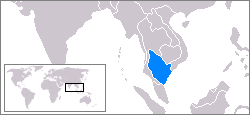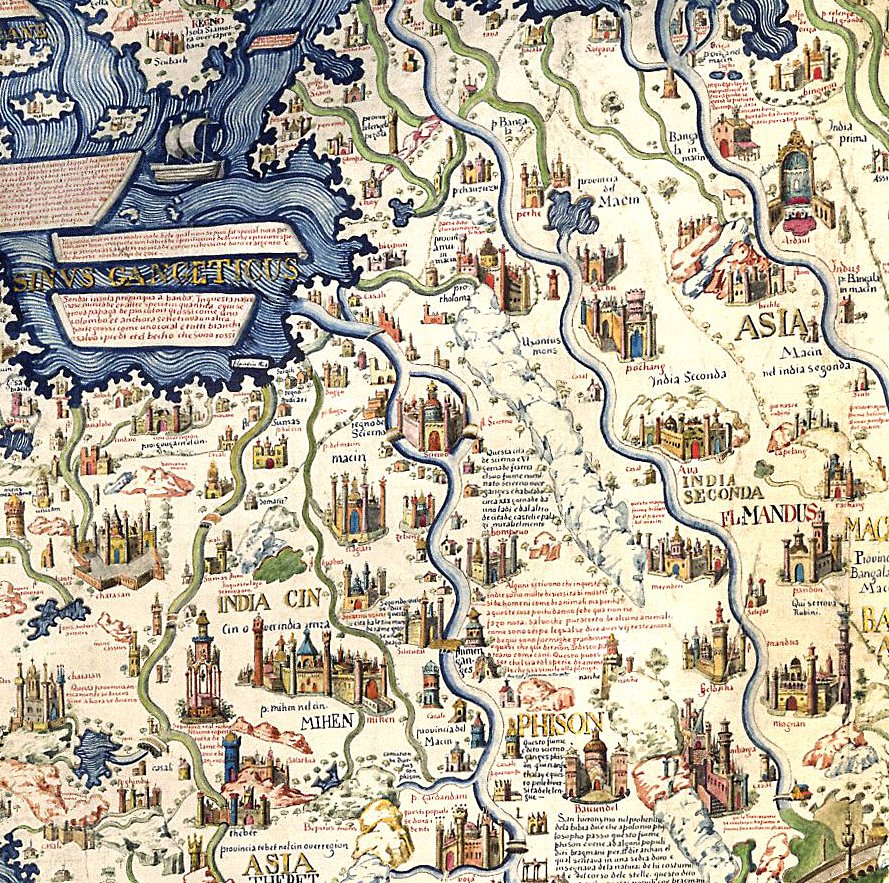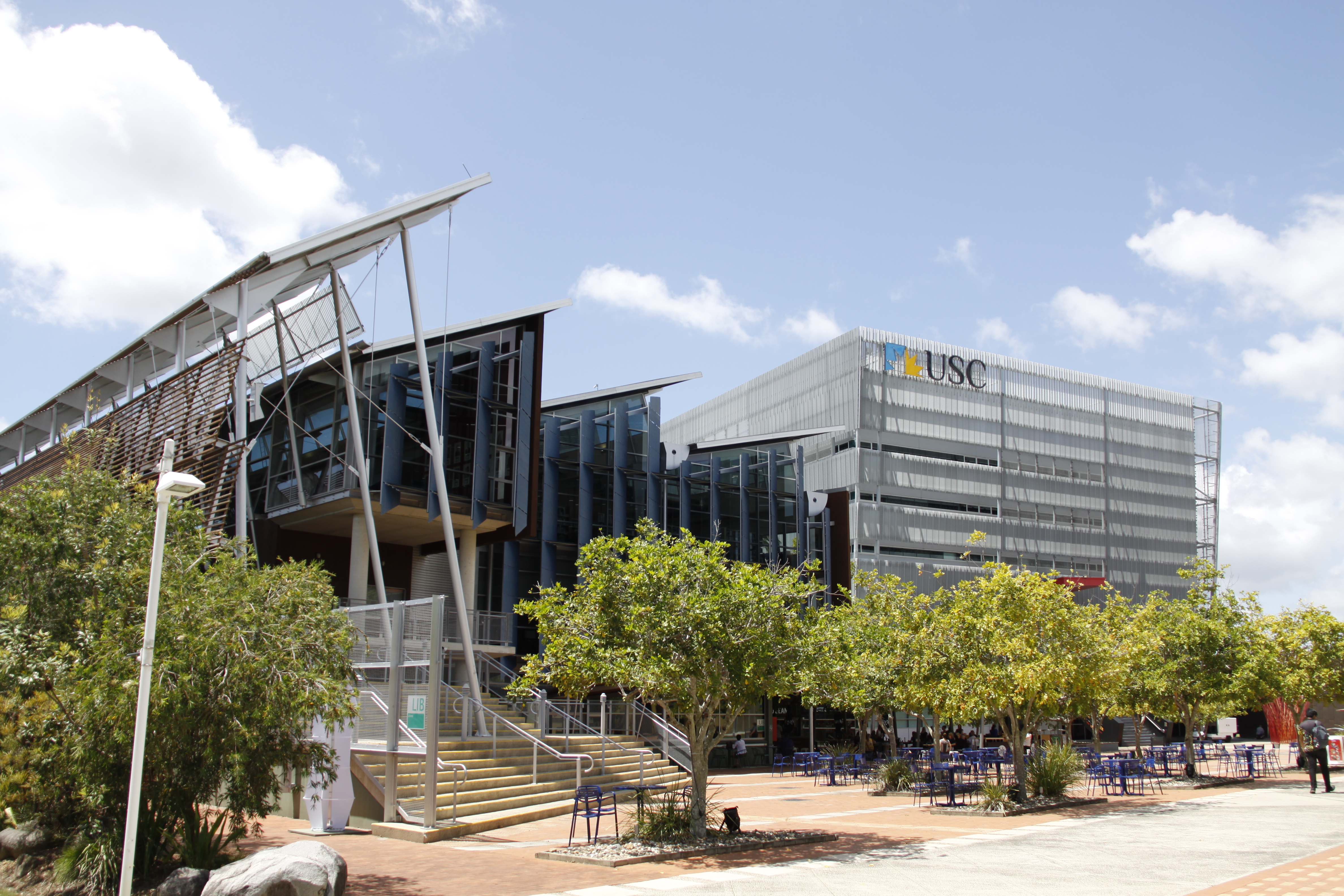|
Trat Province
Trat province (, ), also spelt Trad province, is one of Thailand's seventy-six provinces (''changwat''), and is located in the region of eastern Thailand. It borders Chanthaburi province to the northwest, and Cambodia's provinces of Pailin, Battamabang, Pursat, and Koh Kong to its north, northeast and east. To the south, it borders the Gulf of Thailand and the Pacific Ocean. It is the 15th smallest province of Thailand at , and its 4th least populated province at 229,958 (2019). Its capital is Trat town. During the Ayutthaya kingdom, Trat became an important location for trade. During the 1893 Paknam crisis, French soldiers occupied the province, with Siam handing over Trat to French colonial rule in return for Chanthaburi province. However, Trat was returned to Siam in 1907 in return for Siamese land along the Mekong river. Trat is from Bangkok. The province also serves as a major center for fruit growing, gem mining and fishing in the region. Toponymy ''Trat'' is beli ... [...More Info...] [...Related Items...] OR: [Wikipedia] [Google] [Baidu] |
Provinces Of Thailand
The provinces of Thailand are administrative divisions of the Organization of the government of Thailand, government of Thailand.Office of the Council of State of ThailandNational Administration Act 1991 and its amendments The country is divided into 76 provinces (, , ) proper, with one additional special administrative area (the capital, Bangkok). They are the primary local government units and act as Juridical person, juristic persons. They are divided into Districts of Thailand, amphoe (districts) which are further divided into tambon (sub districts), the next lower level of local government. All provinces form part of the partially devolved central government, or the regional government (ราชการส่วนภูมิภาค ). Majority of public services, including police, prison, transport, public relation and others are still overseen and managed by the province on behalf of the central government. In 1938–1996, the Royal Thai Government proposed that each pr ... [...More Info...] [...Related Items...] OR: [Wikipedia] [Google] [Baidu] |
Gulf Of Thailand
The Gulf of Thailand (), historically known as the Gulf of Siam (), is a shallow inlet adjacent to the southwestern South China Sea, bounded between the southwestern shores of the Indochinese Peninsula and the northern half of the Malay Peninsula. It is around in length and up to in width, and has a surface area of . The gulf is surrounded on the north, west and southwest by the coastlines of Thailand (hence the name), on the northeast by Cambodia and the Mekong Delta region of Vietnam, and opens to the South China Sea in the southeast. Names The modern Thai language, Thai name of the gulf is ''Ao Thai'' (, , 'Thai Gulf') and "Gulf of Thailand" has been adopted as the official name of the body by the International Hydrographic Organization. Its name in Malay language, Malay is "Gulf of Siam", ''Teluk Siam'' or in Jawi script: , and in '', Chhoung Samut Siem''. In Thai, the gulf is historically known as ''Ao Sayam'' (). In Vietnamese language, Vietnamese it is known as ''Vịn ... [...More Info...] [...Related Items...] OR: [Wikipedia] [Google] [Baidu] |
Demographics Of Burma
This is a demography of Myanmar (also known as Burma) including statistics such as population, ethnicity, languages of Myanmar, language, education level, and religion in Myanmar, religious affiliations. Population size and structure 1983 census At the time of the 1983 census in Burma, as of 31 March 1983, the population was 35,442,972. , this was estimated by the ''The World Factbook, CIA World Factbook'' to have increased to 60,584,650. Other estimates put place the total population at around 60 million. China's ''People's Daily'' reported that Burma had a census in 2007, and at the end of 2009 has 59.2 million people, and growing at 2% annually. with exception for Cyclone Nargis in 2008. Most of these estimates have indeed overlooked the demographic changes that were at work since the 1970s in the country. Britain-based human rights agencies place the population as high as 70 million. Estimates for the country explicitly take into account the effects of excess ... [...More Info...] [...Related Items...] OR: [Wikipedia] [Google] [Baidu] |
Ayutthaya (city)
Phra Nakhon Si Ayutthaya (, ), or locally and simply Ayutthaya is the capital of Phra Nakhon Si Ayutthaya province of Thailand. Ayutthaya was the capital of the Ayutthaya Kingdom. Located on an island at the confluence of the Chao Phraya and Pa Sak rivers, Ayutthaya is the birthplace of the founder of Bangkok, King Rama I. The ruins of the old city are preserved in the Ayutthaya Historical Park. Etymology The name ''Ayutthaya'' is derived from Sanskrit अयोध्य - Ayodhya and is from the Thai national epic '' Ramakien''; (from Khmer: ''preah'' ព្រះ ) is a prefix for a noun concerning a royal person, and (from Pali: ''nagara'') designates an important or capital city. History Prior to Ayutthaya's traditional founding date, archaeological and written evidence has revealed that Ayutthaya may have existed as early as the late 13th century as a water-borne port town. Further evidence of this can be seen with Wat Phanan Choeng, which was founded in 1324, ... [...More Info...] [...Related Items...] OR: [Wikipedia] [Google] [Baidu] |
Chanthaburi Town
Chanthaburi (, ) is a town (''thesaban mueang'') in the east of Thailand, on the banks of the Chanthaburi River. It is the capital of the Chanthaburi Province and the Mueang Chanthaburi District. The town covers the two ''tambons'' Talat and Wat Mai of Mueang Chanthaburi District. As of 2005, the town had a population of 27,602. The town figures in the legacy of King Taksin. In 1981 the Thai cabinet passed a resolution to bestow on him the honorary title of ''the Great''. When the Bank of Thailand issued the 12th Series of banknotes, called ''The Great Series'', the monument of King Taksin the Great in the town's Tungnachaey recreational park appeared on the back of the 20 baht note issued 28 December 1981, the 214th anniversary of his coronation. The ''Cathedral of the Immaculate Conception'', the principal church of the Roman Catholic Diocese of Chanthaburi, is the largest church in Thailand. Climate Chanthaburi has a tropical monsoon climate (Köppen climate classifica ... [...More Info...] [...Related Items...] OR: [Wikipedia] [Google] [Baidu] |
Taksin
King Taksin the Great (, , ) or the King of Thonburi (, ; ; Teochew: Dên Chao; 17 April 1734 – 7 April 1782) was the only king of the Thonburi Kingdom that ruled Thailand from 1767 to 1782. He had been an aristocrat in the Ayutthaya Kingdom and then was a major leader during the liberation of Siam from Burmese occupation after the Second Fall of Ayutthaya in 1767, and the subsequent unification of Siam after it fell under various warlords. He established the city of Thonburi as the new capital, as the city of Ayutthaya had been almost completely destroyed by the invaders. His reign was characterized by numerous wars; he fought to repel new Burmese invasions and to subjugate the northern Thai kingdom of Lanna, the Laotian principalities, and threatening Cambodia. Although warfare occupied most of Taksin's reign, he paid a great deal of attention to politics, administration, economy, and the welfare of the country. He promoted trade and fostered relations with foreign ... [...More Info...] [...Related Items...] OR: [Wikipedia] [Google] [Baidu] |
Ayutthaya Kingdom
The Ayutthaya Kingdom or the Empire of Ayutthaya was a Thai people, Thai kingdom that existed in Southeast Asia from 1351 to 1767, centered around the city of Phra Nakhon Si Ayutthaya (city), Ayutthaya, in Siam, or present-day Thailand. European travellers in the early 16th century called Ayutthaya one of the three great powers of Asia (alongside Vijayanagara Empire, Vijayanagara and China). The Ayutthaya Kingdom is considered to be the precursor of modern Thailand, and its developments are an important part of the history of Thailand. The name Ayutthaya originates from Ayodhya (Ramayana), Ayodhya, a Sanskrit word. This connection stems from the Ramakien, Thailand's national epic. The Ayutthaya Kingdom emerged from the Mandala (political model), mandala or merger of three maritime city-states on the Lower Chao Phraya Valley in the late 13th and 14th centuries (Lopburi province, Lopburi, Suphan Buri province, Suphanburi, and Ayutthaya). The early kingdom was a maritime confedera ... [...More Info...] [...Related Items...] OR: [Wikipedia] [Google] [Baidu] |
Prasat Thong
Prasat ThongThe Royal Institute. List of monarchs Ayutthaya''. (, ; c. 1599–1655; 1629–1655) was the first king of the Prasat Thong dynasty, the fourth dynasty of the Siamese Ayutthaya Kingdom. Before being king, he defeated a rebellion led by the Songtham, king's son Phra Sisin by working with Japanese mercenary Yamada Nagamasa. He gained power in 1629 by attacking the palace and placed a Athittayawong, puppet king who he would later execute. Under his reign, he subjugated Post-Angkor period, Cambodia but lost Siam's Northern principalities. Origin Accounts vary on the origin of Prasat Thong. While traditional Thailand, Thai historians hold that he was an illegitimate son of King Ekathotsarot, Jeremias van Vliet's account states that he was the maternal cousin of King Songtham – his father was ''Okya'' Sithammathirat (), elder brother of the mother of King Songtham. He was born during the reign of King Naresuan around 1599 and was known to have caused mischief in the roya ... [...More Info...] [...Related Items...] OR: [Wikipedia] [Google] [Baidu] |
Ma Huan
Ma Huan (, Xiao'erjing: ) ( 1380–1460), courtesy name Zongdao (), pen name Mountain-woodcutter (會稽山樵), was a Chinese explorer, translator, and travel writer who accompanied Admiral Zheng He on three of his seven expeditions to the Western Oceans. Ma was a Muslim and was born in Zhejiang's Kuaiji Commandery, an area within the modern borders of Shaoxing. He knew several Classical Chinese and Buddhist texts. He learned Arabic to be able to translate. Expeditions and writings In his fourth expedition in 1413, he visited Champa, Java, Sumatra, Palembang, Siam, Kochi and Hormuz. In the 1421 expedition, he visited Malacca, Aru, Sumatra, Trincomalee, Ceylon, Kochi, Calicut, Zufar and Hormuz. In the 1431 expedition, he visited Bengal, Chittagong, Sonargaon, Gaur and Calicut. From Calicut, he was sent by Eunuch Hong Bao as emissary to Mecca. During his expeditions, Ma Huan took notes on the geography, politics, weather conditions, environment, economy, local customs, ... [...More Info...] [...Related Items...] OR: [Wikipedia] [Google] [Baidu] |
Queensland
Queensland ( , commonly abbreviated as Qld) is a States and territories of Australia, state in northeastern Australia, and is the second-largest and third-most populous state in Australia. It is bordered by the Northern Territory, South Australia and New South Wales to the west, south-west and south, respectively. To the east, Queensland is bordered by the Coral Sea and the Pacific Ocean; to the state's north is the Torres Strait, separating the Australian mainland from Papua New Guinea, and the Gulf of Carpentaria to the north-west. With an area of , Queensland is the world's List of country subdivisions by area, sixth-largest subnational entity; it List of countries and dependencies by area, is larger than all but 16 countries. Due to its size, Queensland's geographical features and climates are diverse, and include tropical rainforests, rivers, coral reefs, mountain ranges and white sandy beaches in its Tropical climate, tropical and Humid subtropical climate, sub-tropical c ... [...More Info...] [...Related Items...] OR: [Wikipedia] [Google] [Baidu] |
University Of The Sunshine Coast
The University of the Sunshine Coast (UniSC; formerly abbreviated as USC until 2022) is a public university based on the Sunshine Coast, Queensland, Australia. After opening with 524 students in 1996 as the Sunshine Coast University College, it was later renamed the University of the Sunshine Coast in 1999. The university has a flagship campus at Sippy Downs, Queensland, Sippy Downs on the Sunshine Coast, with more campuses at Hervey Bay on the Fraser Coast Region, Fraser Coast, Gympie, and Caboolture, Queensland, Caboolture. In 2020, USC opened a full-service campus at Petrie, Queensland, Petrie in City of Moreton Bay, Moreton Bay. Undergraduate education, Undergraduate and Postgraduate education, postgraduate (coursework and higher degree by research) programs are available, with study areas divided across five schools: business and creative industries; education and tertiary access; health; law and society; and science, technology and engineering. The university is listed ... [...More Info...] [...Related Items...] OR: [Wikipedia] [Google] [Baidu] |
Dipterocarpus Intricatus
''Dipterocarpus intricatus'' ( Khmer: ''tra:ch (ត្រាច), tra:ch sa (ត្រាចស), tra:ch snaèng (ត្រាចស្នែង), tra:ch sra: (ត្រាចស្រា)'',DY PHON Pauline, 2000, ''Plants Used in Cambodia'', self-published, printed by Imprimerie Olympic, Phnom Penh Thai: ยางกราด (''yang-krat'')) is a species of tree in the family Dipterocarpaceae found in Thailand, Cambodia, Laos and Vietnam.Asian Regional Workshop (Conservation & Sustainable Management of Trees, Viet Nam, August 1996) 1998. Dipterocarpus intricatus. In: IUCN 2012. IUCN Red List of Threatened Species. Version 2012.1. . Retrieved 7 August 2012. The tree, itself deciduous, is found in dense deciduous forests and clear forests. It is often met in pure stands in deciduous, periodically flooded lowland forests, but can also be found in dense forest at up to 1300m altitude. In Thailand it sometimes occurs growing gregariously with ''D. obtusifolious'', ''D. tubercula ... [...More Info...] [...Related Items...] OR: [Wikipedia] [Google] [Baidu] |







